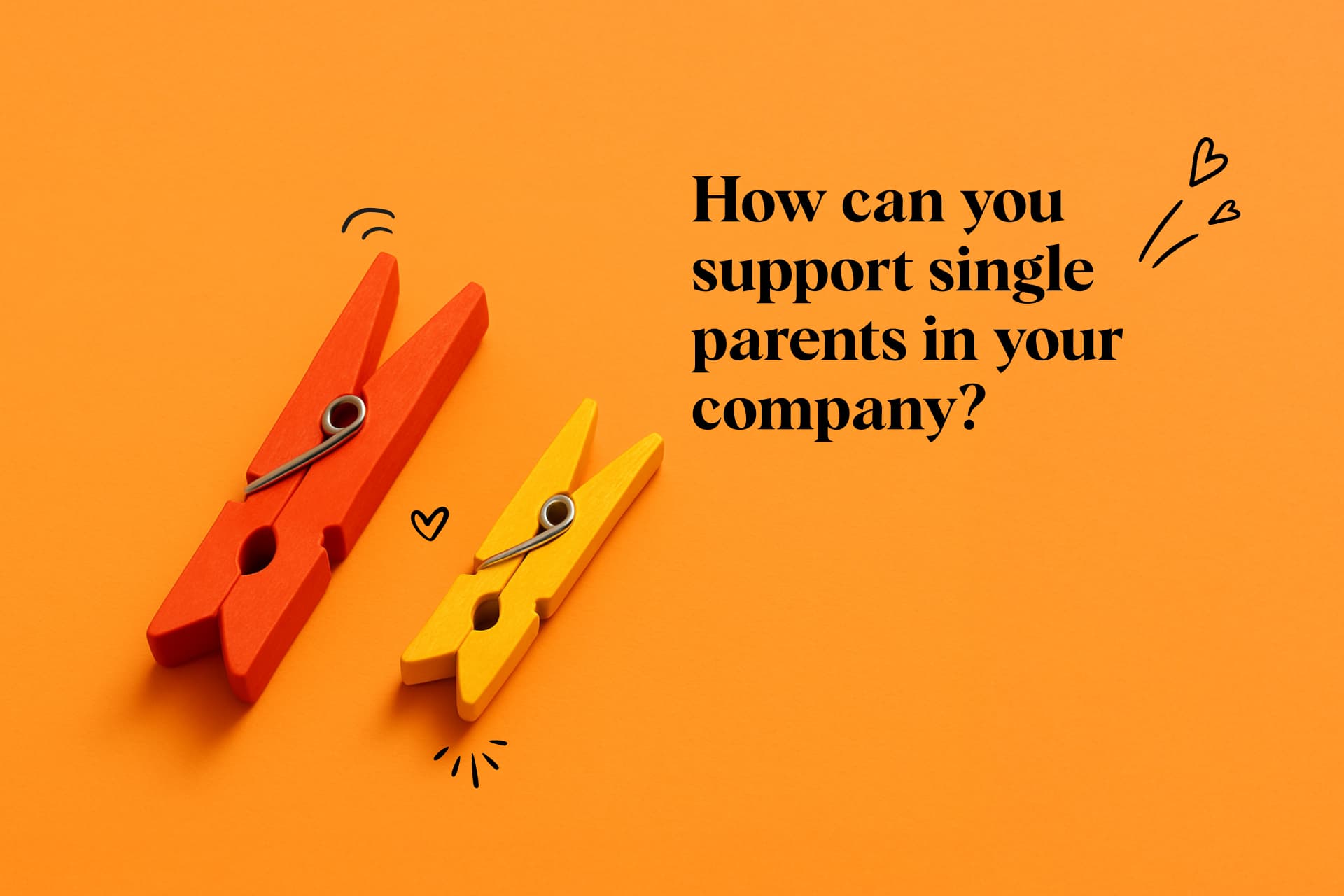7 key factors helping to reduce the gender gap
At present, there is a lot of debate about the unequal remuneration of men and women. This phenomenon is rather complex and Paylab has focused on 7 areas which significantly help reduce salary differences.
In any case, Paylab’s advice to women is that one of the best weapons in the struggle against salary dissatisfaction is to regularly monitor salaries for the same work position and to assertively negotiate salary terms.
1. Choice of education and profession in accordance with market demands
Profession and education-related decisions are the basic precondition determining the future careers of women, i.e. their future salary. Women focus more on non-technical fields of study. To a large extent, they decide based on their perception of society and on the positions where they see most other women working. Women have a long-standing tradition of working in certain professions – in particular in first-contact jobs where empathy is required, such as client service or customer support specialist, nurse, teacher, social worker, and the like. Unfortunately, these are the positions with lower overall financial compensation.
In the labour market of the future, however, women should be constantly reminded that they should focus more on other, perhaps non-typical female positions in the more progressive areas currently dominated by men, where physical strength is not required. These are in particular science, research and technology. In this regard it is necessary to educate young students before they make their choice of further education.
2. Improving your digital skills makes you more attractive
Men focus more on technology and IT innovation. Digital literacy - the knowledge of computer programs, services and on-line tools - is currently the determining factor in the labour market and this sector ranks among the highest paying. Women still are in the minority when it comes to technology and IT.
Better IT skills are also a way to increase your attractiveness to employers looking for new employees in marketing, administration, human resources, economy and other work areas. The Internet currently offers a plethora of tutorials with which you can improve your education. This is largely aided by the popularisation of women’s work in IT through different social initiatives, such as Women in Tech. According to Paylab, the majority of women employed in IT work as IT testers and IT analysts.
3. Female leadership motivates and reinforces diversity
The way women are perceived in society depends largely on how many women work as public officials in parliaments and other important legislative and executive positions in individual countries. This way, women perceive role-models who stimulate and encourage them. Women often have different views of certain matters, which aids in the plurality of views and opinions. Female leadership is considered as one of the criteria by the World Economic Forum in compiling the ranking of countries in the international Gender Gap report.
Only a few women are able to fill top management positions. On the one side, there is a lot of criticism against the compulsory quotas, while on the other side the conclusions of several studies (Peterson Institute, Morgan Stanley) confirm the positive effect gender diversity has on management, which can actually be measured by the improved economic results of companies.
One of the indicators of a country’s maturity is the share of women entrepreneurs who found the courage to set up their own business. Again, compared to men, women are a minority. Most businesses are still run by men. The Paylab Compensation Monitor also discovered that there are more male than female managers in corporations. The share of women in company management speaks volumes of a certain maturity and openness of the company’s culture. Many modern employers have begun taking this indicator seriously and they don’t take diversity lightly.
4. Transparent communication of companies about salaries
At present, companies invest a lot of energy in strengthening their employer brand. They want to become an attractive employer for men and women alike. From the viewpoint of employee remuneration they strive to make their salaries more transparent and fair. Yet there are only a few companies that will do this of their own accord.
Germany, Iceland, Austria, Sweden, Finland and France have introduced different “reporting laws” which force companies to deal with the gender gap. Last year’s case of unequal employee remuneration at the British BBC also triggered this process in Great Britain. According to the law, until April 2018 all companies employing over 250 employees (roughly 9000 companies with a total of 15 million employees) must publish the difference in salaries and bonuses of men and women. They have to publish this information both on their own website and on the websites of their customers and suppliers, which will directly impact the perception of the company by the public. A number of companies have admitted that unless forced to do this by law, they would presumably never have paid attention to the gender gap.
5. Increasing employment among women
The gender gap is, to a large degree, influenced by the availability of employment. In other words, what conditions individual countries offer to women to motivate them to work. In the labour market the percentage of employed men is still higher than the percentage of employed women. This gap is gradually closing thanks to the modern lifestyle, improving working conditions and emancipation of women.
European Union statistics suggest that this gap differs country by country. It is the smallest in the Nordic countries, such as Finland, Norway, and Sweden, as well as in the Balkan states where roughly the same percentage of men and women are working. On the other hand, the employment of women in the Central European countries has remained the same in the long-term and the gap is more pronounced. To a large degree, this is caused by a lack of jobs offering flexible working hours.
6. Part-time work as a ticket to the labour market
For working mothers, part-time jobs are often the only way to be employed if they want to successfully combine work and family life. While in the Netherlands as many as 74% of all employed women work part-time, the EU-28 average is about a third of that. Germany, Austria, Belgium and Great Britain offer relatively good conditions for women, where almost half the women work part-time. On the other hand, the former Eastern Bloc countries still have a lot of catching up to do, as only one tenth of women work part-time jobs. Flexible working hours help women remain in the labour market and achieve financial independence. Here we need to add that only a few women can achieve reasonable career and salary progress while only working part-time. A gradual transition to a full-time employment improves their chances for salary and career progression.
7. Greater involvement of fathers in child care
Giving birth and taking care of children is an important role for women, which also involves taking care of the family and the household. It is therefore only natural that some women will prefer an extended career break. However, such a long-term absence significantly impacts their salaries. Plainly speaking, while the woman stays at home with the child, the man working in the same position keeps advancing his career and increasing his salary. When the woman returns to her position the man is already well ahead in terms of the salary. This also applies to childless women. At present there is a lot of debate about how women should not feel penalised for having children. Household work is still considered unpaid work and many countries began introducing legislation to motivate fathers to become more involved in family care, thus facilitating the woman’s return to work and further reducing the gender gap.
Find out more about Salary Data.

Why Training Alone Won’t Keep Employees from Leaving

Transparency, Data, and People: What We Learned at the HR Time Gathering in Zagreb

News for the User Experience Community: UX Research Academy for Everyone – Completely Free













